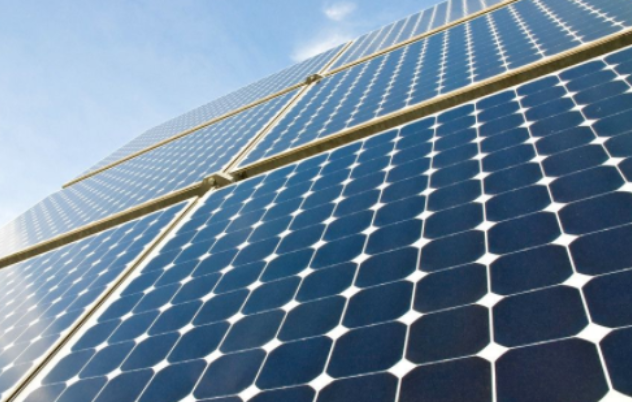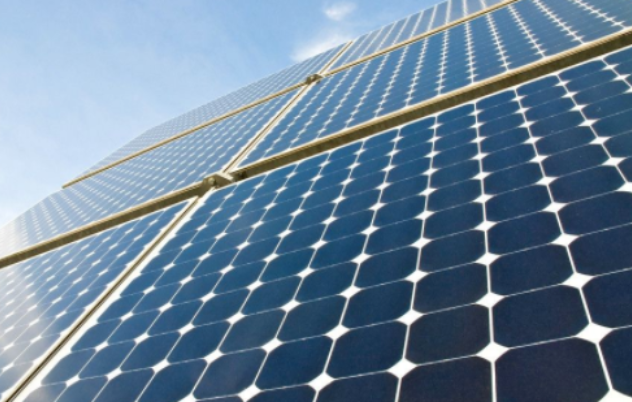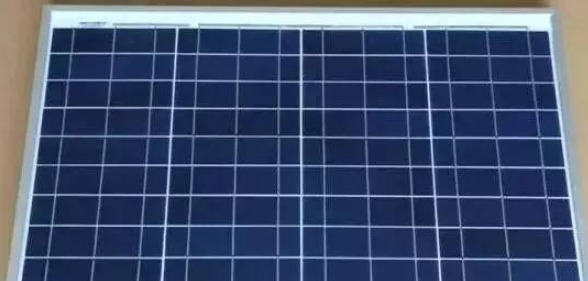Do you know the difference between monocrystalline and polycrystalline in solar panels?
2022-04-25
Crystalline (monocrystalline, polycrystalline) solar cells require high-purity raw materials, generally requiring a purity of at least 99.99998%, that is, a maximum of 2 impurity atoms are allowed to exist in 10 million atoms. The material is made of dioxide (SiO2, also known as sand) as a raw material, which is melted and impurities are removed to obtain coarse . From dioxide to solar cells, multiple production processes and processes are involved, which are generally roughly divided into: dioxide—>metallurgical grade —>high purity trichlorosilane—>high purity poly—>monocrystalline rod Or polycrystalline ingots -> wafers -> solar cells.

Monocrystalline solar cells are mainly made of monocrystalline . Compared with other types of solar cells, monocrystalline cells have the highest conversion efficiency. In the early days, monocrystalline solar cells occupied the majority of the market share, and after 1998, they retreated to polycrystalline , and the market share occupied the second place. Due to the shortage of poly raw materials in recent years, after 2004, the market share of monocrystalline has increased slightly, and now most of the batteries seen on the market are monocrystalline .
The crystal of monocrystalline solar cells is very perfect, and its optical, electrical and mechanical properties are very uniform. The color of the cells is mostly black or dark, which is especially suitable for cutting into small pieces to make small consumer products.
The conversion efficiency of monocrystalline cells in the laboratory is 24.7%. The conversion efficiency of ordinary commercialization is 10%-18%.
Due to the production process of monocrystalline solar cells, generally the semi-finished ingots are cylindrical, and then go through slicing->cleaning->diffusion junction->removal of the back electrode->making electrodes->corroding the periphery->evaporation reduction. Reflective film and other industrial cores are made into finished products. Generally, the four corners of monocrystalline solar cells are rounded. The thickness of monocrystalline solar cells is generally 200uM-350uM thick. The current production trend is to develop towards ultra-thin and high efficiency. German solar cell manufacturers have confirmed that 40uM thick monocrystalline can achieve 20% conversion efficiency.
In the production of polycrystalline solar cells, the high-purity as the raw material is not purified into monocrystallines, but melted and cast into square ingots, and then processed into thin slices and similar processing as monocrystalline . Polycrystalline is easy to identify from its surface. The wafer is composed of a large number of crystalline regions of different sizes (the surface is crystalline). The photoelectric conversion at the grain interface is easily disturbed, so the conversion efficiency of polycrystalline is relatively low. At the same time, the consistency of optical, electrical and mechanical properties of polycrystalline is not as good as that of monocrystalline solar cells.
The highest efficiency of the polycrystalline solar cell laboratory reaches 20.3%, and the commercialized ones are generally 10%-16%, polycrystalline solar cells are square pieces, which have the highest filling rate when making solar modules, and the products are relatively beautiful.
The thickness of polycrystalline solar cells is generally 220uM-300uM thick, and some manufacturers have produced solar cells with a thickness of 180uM, and they are developing towards thinness to save expensive materials.
Polycrystalline are right-angled squares or rectangles. The four corners of monocrystalline have rounded chamfers. A module with a money-shaped hole in the middle is a monocrystalline. You can see the difference at a glance.
Monocrystalline as below,

Polycrystalline as below,





